 Metarobic research supports important effects on Hypoxia results from slow relaxed and breath focused movements. (from "Mindful Exercise: Metarobics, Healing, and the Power of Tai Chi")
Metarobic research supports important effects on Hypoxia results from slow relaxed and breath focused movements. (from "Mindful Exercise: Metarobics, Healing, and the Power of Tai Chi") In tracing this perspective back, from one article citing another, the origins of viewing tai chi as an aerobic exercise seems to come from a series of studies conducted by Ching Lan and colleagues (1996; 2001; 2001; 2004). Their 2001 study on heart rate response showed the highest heart rate, with an average heart rate during tai chi of 140 beats per minute, with a range of 130 to 150 beats per minute. In their 1996 study, the heart rate during tai chi in participants aged 50 to 65 years averaged 130 beats per minute, and 120 beats per minute for participants aged 65 to 80 yrs.
Other studies show quite a range, including 134 beats per minute (Zhou, 1984); 104 beats per minute (Gong et al., 1981); and 103.71 ± 9.73 beats per minute (Pan et al, 2015). A more recent study (Maris et al., 2019) recorded an average heart rate during tai chi of 108 beats per minute. Participants in this study had no prior tai chi experience and followed a trained instructor.
So why is there such a wide range? And is tai chi aerobic or not? To be considered an aerobic exercise, according to the new standards set by the American College of Sports Medicine (ACSM, 2019), heart rate must be between 40-60% of your heart rate reserve (HHR). Heart rate reserve is the difference between your resting heart rate and your maximum heart rate. Forty percent HHR is considered the minimum to achieve an aerobic effect. To calculate your target aerobic heart rate range, the ACSM provides the following formula to determine moderate aerobic intensity: 220 – age – resting heart rate X .4 to .6 (40-60%) + your resting heart rate.
For the study by Maris and colleagues (2019), in which the average age of participants was 20 years, and the average resting heart rate was 82, the heart rate would have to be 129 to be considered moderate aerobic intensity. For ages 45 to 55, a resting heart rate range of 68 to 71 is considered good health. So for a 50 year old with a resting heart rate of 70 beats per minute, their target heart for moderate aerobic intensity would range from 110 to 130 (40-60% of heart rate reserve).
It is worth noting that as examples of moderate aerobic exercise, the ACSM (2019) lists running, brisk walking, swimming, cross-country skiing, dancing, cycling, and the stationary bike. For the majority of people who practice tai chi, few if any would compare tai chi to even brisk walking. Indeed, Lan and colleagues even note, in the above studies claiming tai chi to be a moderate aerobic activity, that tai chi is performed at an extremely slow speed and in a relaxed manner. Hardly the description of a moderate aerobic exercise. In my own practice, as a 30-year practitioner, my own heart rate rarely goes over 87 beats per minute throughout the form, with a typical range of 84 to 86 beats per minute. This does not include the kicking section, or the movements “snake creeps down,” “embrace tiger, return to mountain,” or “step up to seven stars.” These more strenuous movements constitute a very small part of the 108 yang style long form. It is worth noting that many teachers (including myself) modify these movements to be less strenuous, particularly for older or newer practitioners.
So why is there such discrepancy in the heart rates of the various studies, and why is tai chi so often listed as a moderate aerobic exercise? Much of this can be traced to the early studies by Lan and colleagues, as noted above. But why did their studies show such elevated heart rates? Without very detailed descriptions of their protocol, it would be difficult to say for certain. But one possibility may be the location of their studies, and the teacher used in the studies.
From their description of the protocol and subjects used in the various studies, participants were located in Taiwan, many from the same tai chi club, possibly with the same instructor. This is important, in that the instructor can have a large impact on pace and intensity of the exercise. Tai chi has become a form of competition, particularly in China. As a competition, participants are judged on several factors, including how deep their stance is. The more the knees are bent and the lower the stance, the greater the points awarded. And also the greater the intensity of the form.
Due to time constraints in competition, tai chi may also be performed at a faster rate. Teachers with competition experience, gold medals, and national acclaim are automatically recognized as experts. And indeed, they are experts in tai chi competition, focused around style, pace and low deep stances. But is this the same as tai chi taught for health, and for traditional formats focused on relaxation and a slow pace? This situation alone can account for much of the variability in the consideration of tai chi as an aerobic or non-aerobic exercise. And this is important, because if tai chi has unique health benefits resulting from slow relaxed movements, then speeding up and increasing the intensity of movements, in order to make tai chi an aerobic exercise, may rob tai chi of the very benefits those with chronic conditions seek to obtain.
This is one of the reasons I coined the word metarobic, versus aerobic exercise. Based on my research, tai chi and similar exercises measurably enhance, in ways unique from aerobic exercise, three main areas during practice: Enhanced blood oxygen saturation, oxygen diffusion, and oxygen metabolism (Gryffin, 2013; 2018). My own students have reported significant benefits for cancer, blood pressure, diabetes, heart disease, peripheral neuropathy, and may other conditions.
Indeed, it was the dramatic effects on one my students with cancer, who had been given three weeks to live, which got me looking in a Metarobic direction, and the potential effects on hypoxia (oxygen deficiency in the tissues). See my book “Mindful Exercise: Metarobics, Healing, and the Power of Tai Chi” for her story, and a detailed overview of the theory and supporting research. I also included over 50 case stories from other people for a more personal approach, from those who experienced the often dramatic benefits of these exercises. Benefits explained by relaxed slow movements and a focus on deep breathing, and the measurable effects on enhanced blood oxygen saturation, diffusion, and metabolism. Evidence supports that speeding up tai chi to make it aerobic robs the practice of the many benefits unique to tai chi, and other forms of relaxed mindful and breath focused exercise.
Please share with me your own experiences with tai chi on the Metarobics Facebook Page – do you consider tai chi an aerobic exercise? Or would Metarobic effects* be a better explanation?
*Metarobic Effects: Blood oxygen saturation and diffusion increases during tai chi, and falls briefly dramatically (as much as 10 points or more) following tai chi. This indicates greater oxygen use and enhanced oxygen metabolism during tai chi, and possible effects on hypoxia (oxygen deficiency in the tissues). Hypoxia underlies or complicates almost all chronic conditions, from cancer to diabetes, as well as having effects on immunity. See “Mindful Exercise: Metarobics, Healing, and the Power of Tai Chi” for more information.
References
ACSM. Straightforward Fitness: ACSM Cardio Guidelines. https://www.straightforwardfitness.com/acsm-cardio-guidelines.html. Retrieved October 28, 2019.
Gong, L.S., J.A. Qian, J.S. Zhang, Q. Yang, J. Jiang, Q. Tao and X.M. Zhang. Changes in heart rate and electrocardiogram during taijiquan exercise: analysis by telemetry in 100 subjects. Chin. Med. /.(Engl.) 94: 589-592, 1981.
Gryffin PA. Qi: Implications for a new paradigm of exercise. Integrative Medicine, 2013; 12(1): 36-40
Gryffin PA. Mindful Exercise: Metarobics, Healing, and the Power of Tai Chi. YMAA Publications, August 2018.
Lan, C., J.S. Lai, M.K. Wong and M.L. Yu. Cardiorespiratory function, flexibility and body composition among geriatric Tai Chi Chuan practitioners. Arch. Phys. Med. Rehabil. 77: 612–616, 1996
Lan C, Chen S, Lai J, Wong M. Heart Rate Responses and Oxygen Consumption during Tai Chi Chuan Practice. The American Journal of Chinese Medicine, 2001; 29, 3(4): 403-410
Lan C, Chen S, Lai J. Relative Exercise Intensity of Tai Chi Chuan is Similar in Different Ages and Gender. The American Journal of Chinese Medicine, 2001; 32(1): 151–160
Lan C, Chou SW, Chen SY, Lai JS, Wong MK. The aerobic capacity and ventilatory efficiency during exercise in Qigong and Tai Chi Chuan practitioners. The American Journal of Chinese Medicine, 2004;32(1):141-50.
Maris SA, Winter CR, Paolone VJ, Headley SAE. Comparing the Changes in Blood Pressure After Acute Exposure to Tai Chi and Walking. Int J Exerc Sci. 2019;12(3):77–87.
Pan X, Zhang Y, & Tao S. Effects of Tai Chi exercise on blood pressure and plasma levels of nitric oxide, carbon monoxide and hydrogen sulfide in real-world patients with essential hypertension. Clinical and Experimental Hypertension, 2015; 37(1): 8-14
Wang, J.S., C. Lan and M.K. Wong. Tai Chi Chuan training to enhance microcirculatory function in healthy elderly men. Arch. Phys. Med. Rehabil. 82: 1176–1180, 2001.
Zhuo, D., R.J. Shephard, M.J. Plyley and G.M. Davis. Cardiorespiratory and metabolic responses during Tai Chi Chuan exercise. Can. J. Appl. Sport Sci. 9: 7-10, 1984.
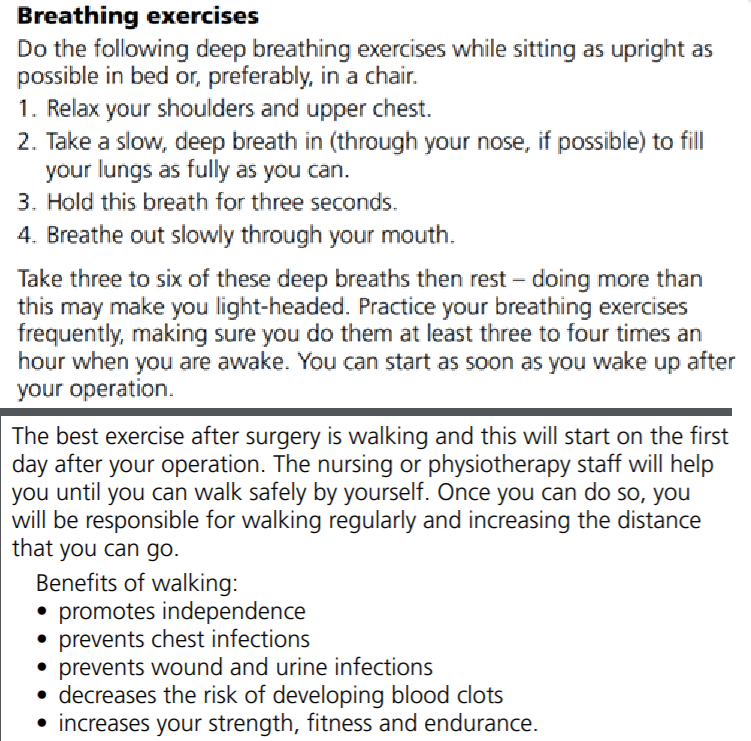

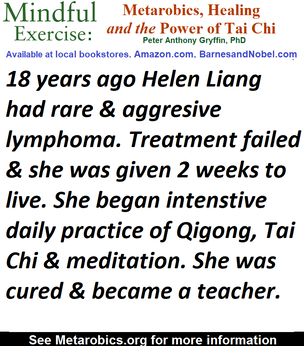
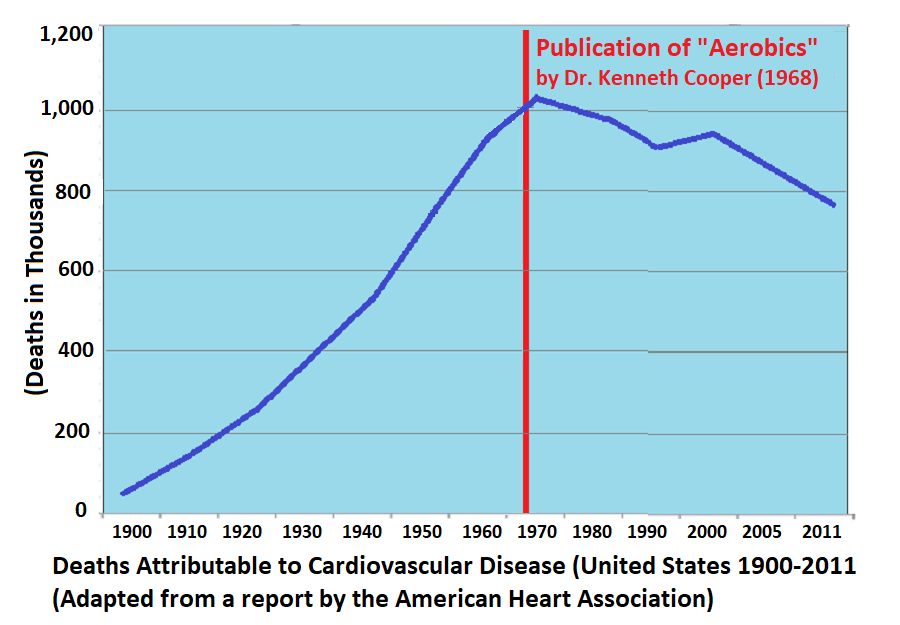
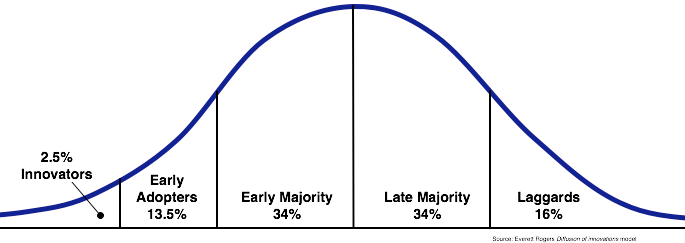
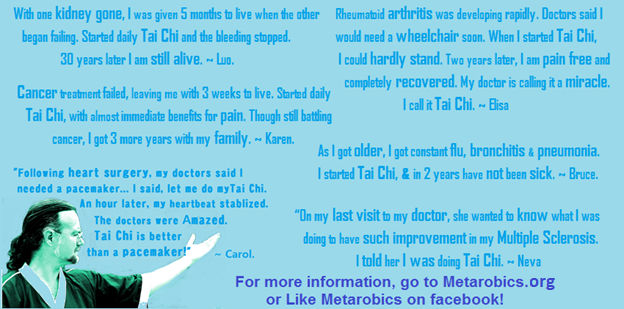
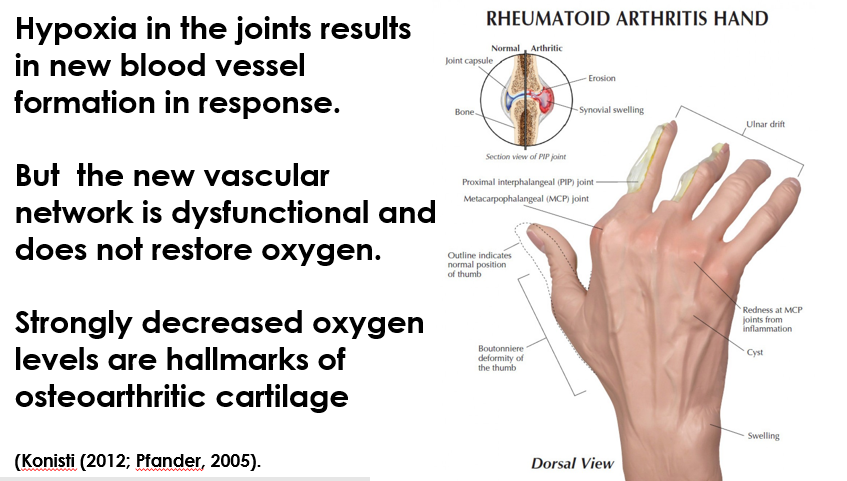
 RSS Feed
RSS Feed